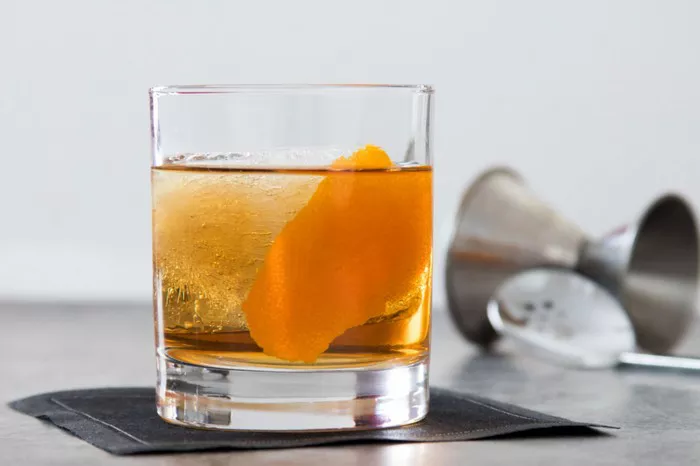In the ever-evolving world of mixology, the quest for innovation and efficiency has led to the rise of draft cocktails. This trend has gained popularity in recent years, offering both bartenders and patrons a fresh and exciting way to enjoy their favorite libations. Draft cocktails combine the craftsmanship of traditional bartending with the precision and consistency of modern technology. In this comprehensive guide, we will explore what draft cocktails are, how they are made, the equipment required, their advantages and challenges, and the diverse range of concoctions that can be served from a draft system.
1. The Essence of Draft Cocktails
Draft cocktails, also known as kegged or on-tap cocktails, are pre-mixed and dispensed from a pressurized keg system, similar to the way draft beer is served. This revolutionary approach to mixology has transformed the cocktail scene. The concept of draft cocktails revolves around creating consistent and high-quality cocktails in a more efficient manner. It involves a harmonious blend of artistry and science, where every element – from the ingredients to the serving process – is carefully curated to deliver an unparalleled drinking experience.
2. Crafting the Perfect Draft Cocktail
Creating a draft cocktail begins with the careful selection of ingredients. This is where the mixologist’s expertise and creativity come into play. The components of a successful draft cocktail include the base spirit, mixers, syrups, bitters, and garnishes. The key is to find the right balance between flavors and textures, ensuring that the cocktail remains stable in a keg without compromising on taste. A wide range of cocktails can be adapted for draft service, from classics like Negronis and Old Fashioneds to more intricate concoctions that push the boundaries of mixology.
3. The Equipment Behind Draft Cocktails
The heart of any draft cocktail operation lies in its equipment. To bring the draft cocktail concept to life, a series of specialized tools and systems are required. These include kegs, draft lines, regulators, and kegerators. Kegs come in various sizes, typically ranging from 2.5 to 20 liters, and are where the pre-mixed cocktails are stored. Draft lines, made of food-grade materials, transport the liquid from the keg to the tap, ensuring a smooth and consistent pour. Regulators maintain the appropriate gas pressure in the kegs, and kegerators are used to keep the kegs at the ideal temperature.
4.The Advantages of Draft Cocktails
The popularity of draft cocktails has soared, owing to the numerous advantages they offer to both bartenders and consumers. One of the most significant benefits is consistency. With precise measurements and controlled dispensing, draft cocktails ensure that each drink is identical, eliminating the variability often associated with handcrafted cocktails. This consistency not only satisfies customers but also reduces waste, as there’s no need to discard poorly made drinks. Draft cocktails also save time, making them a perfect solution for high-volume bars and events. Furthermore, the draft system preserves the quality of the cocktail, as it is not exposed to light, air, or contaminants that can affect its taste.
5. Overcoming Challenges in Draft Cocktails
Despite their many advantages, draft cocktails present certain challenges. One of the most significant obstacles is the loss of some aromatic and visual aspects of traditional cocktail preparation. The showmanship and sensory experience of watching a bartender meticulously craft a cocktail can be missed in a draft system. Additionally, selecting cocktails that are suitable for draft service can be tricky, as some may not adapt well to keg storage. Overcoming these challenges requires creativity, experimentation, and a deep understanding of the science behind mixology.
6. The Science of Draft Cocktails
To truly master the art of draft cocktails, it is essential to delve into the science behind the process. Several scientific principles come into play when creating and serving draft cocktails, such as dilution, carbonation, temperature control, and shelf stability. The balance of these elements is critical to producing consistently exceptional cocktails. For instance, dilution can be controlled by pre-chilling ingredients, while carbonation is achieved by introducing nitrogen or carbon dioxide into the keg. By understanding the science, mixologists can fine-tune their draft cocktails to perfection.
7. Popular Draft Cocktails
Draft cocktails offer a versatile canvas for mixologists to express their creativity, and as a result, an array of popular recipes has emerged. Classic cocktails like Margaritas, Moscow Mules, and Mojitos have found their way into kegs, offering patrons a convenient and high-quality alternative. Additionally, draft cocktails are not limited to replicating traditional drinks; they also allow for experimentation. Infused cocktails, seasonal specials, and signature creations have all become popular options in the world of draft cocktails.
Conclusion
Draft cocktails have carved a unique niche in the world of mixology. They blend the precision of science with the creativity of art, delivering consistent and high-quality cocktails to patrons worldwide. The evolution of draft cocktails is a testament to the ingenuity and innovation of the bartending community.


